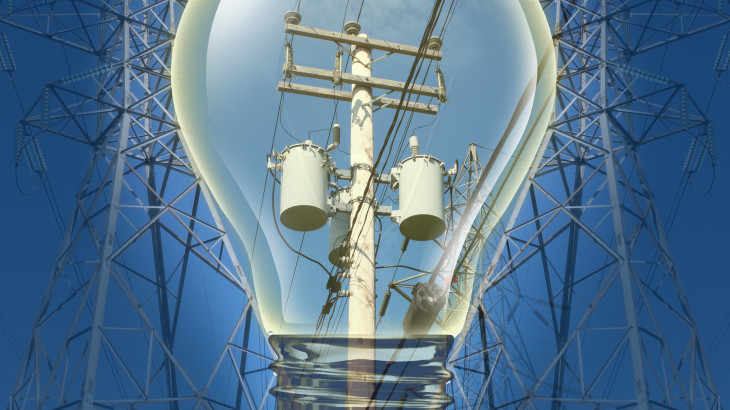2014 proved to be a successful year for energy efficiency, especially in Massachusetts. This post will recap eleven of the most thought-provoking, interesting, and newsworthy articles of the year.
Articles appear in order of published date.
1. 10 American Cities Will Lead the Nation on Energy Efficiency
“By working to transform energy-sucking buildings into energy sippers, these cities will slash energy use, cut pollution, and save residents and businesses combined $1 billion a year on their bills. Atlanta, Boston, Chicago, Denver, Houston, Kansas City, Los Angeles, Orlando, Philadelphia and Salt Lake City will work with City Energy Project experts in an unprecedented effort that will dramatically scale up building efficiency and allow city residents to see the benefit more quickly.”
Source: The Huffington Post
2. New Report Finds Energy Efficiency is America’s Cheapest Energy Resource
“Energy efficiency programs aimed at reducing energy waste cost utilities only about three cents per kilowatt hour, while generating the same amount of electricity from sources such as fossil fuels can cost two to three times more.”
Source: American Council for an Energy-Efficient Economy
3. Energy Efficiency Strategy Benefits From A Portfolio Approach
“. . . There has been a demonstrable shift in how both businesses and communities think about energy efficiency. For one thing, they are now willing to apply the same sort of return on investment guidelines as for other capital expenditures – focused on paybacks in three, five or seven years – rather than expecting an immediate one-year or two-year payback.”
Source: Forbes
4. On energy efficiency, U.S. ranks 13th out of 16
“The U.S. has made efforts in recent years that include stricter building codes, appliance standards and vehicle miles-per-gallon but still fares only better than Russia, Brazil and Mexico . . . . The United States, long considered an innovative and competitive word leader, has progressed slowly and has made limited progress . . . .”
Source: USA Today
5. What’s driving millions of dollars back into energy efficiency?
“While paying for upgrades through savings has been around for years, what makes it more appealing to customers now is that smart technologies can provide certainty that what you can measure, you can monetize.”
Source: The Guardian
6. Why Energy Efficiency Is The Most Important Fuel We Didn’t Know We Had
“. . . Energy efficiency can provide health benefits that are four times the value of the upgrade cost, by freeing up more energy to use for heating, cooling and air-conditioning . . . . It can improve industrial productivity up by 250 percent by lowering the costs of energy in the supply chain and thus making products cheaper and more competitive . . . .”
Source: Think Progress
7. Boston builds a better bulb
“Lighting in Boston has become so prominent that there’s an ecosystem that has evolved to support it.”
Source: Boston Business Journal
8. Efficiency Worth More Than Renewables at $310 Billion, IEA Says
“Investments in measures to curb energy waste and boost efficiency are overtaking wind and solar spending and have reached at least $310 billion a year . . . . That’s almost $100 billion higher than investment in renewable energy in 2013 . . . .”
Source: Bloomberg
9. Massachusetts Tops California as Most Energy-Efficient State, while Arkansas, D.C., Kentucky, and Wisconsin are Most Improved
“More and more governors and state lawmakers understand that they have a choice: Do nothing as costly energy is wasted or take action by creating incentives to waste less energy.”
Source: American Council for an Energy-Efficient Economy
10. Physics Nobel prize goes to scientists who perfected LED light
“Two scientists in Japan and one at the University of California at Santa Barbara were awarded this year’s Nobel Prize in physics for helping create the LED light.”
Source: CNN
11. Energy Efficiency May Be the Key to Saving Trillions
“Some people call energy efficiency low-hanging fruit. I would even say energy efficiency is fruit lying on the ground. We only need to bend over and pick it up.”
Source: The New York Times
Share With Us!




